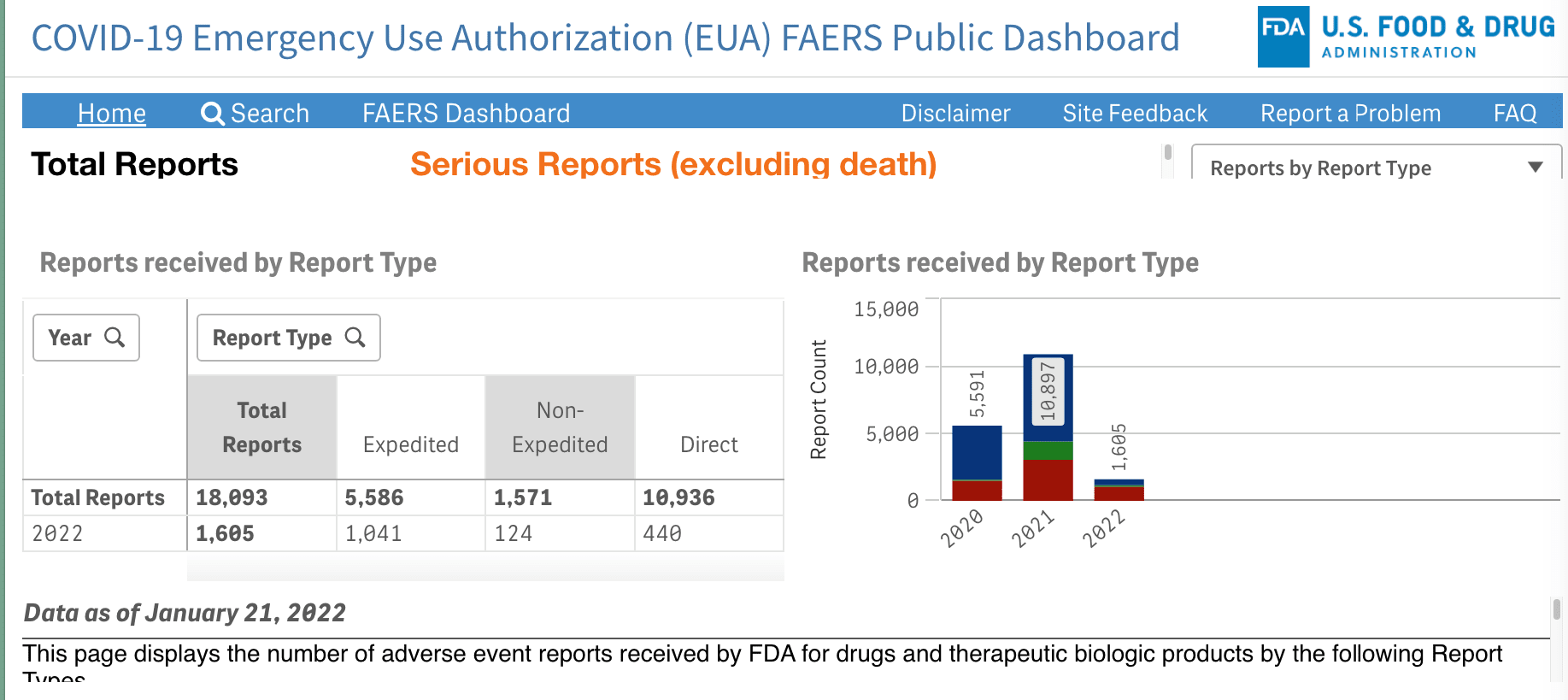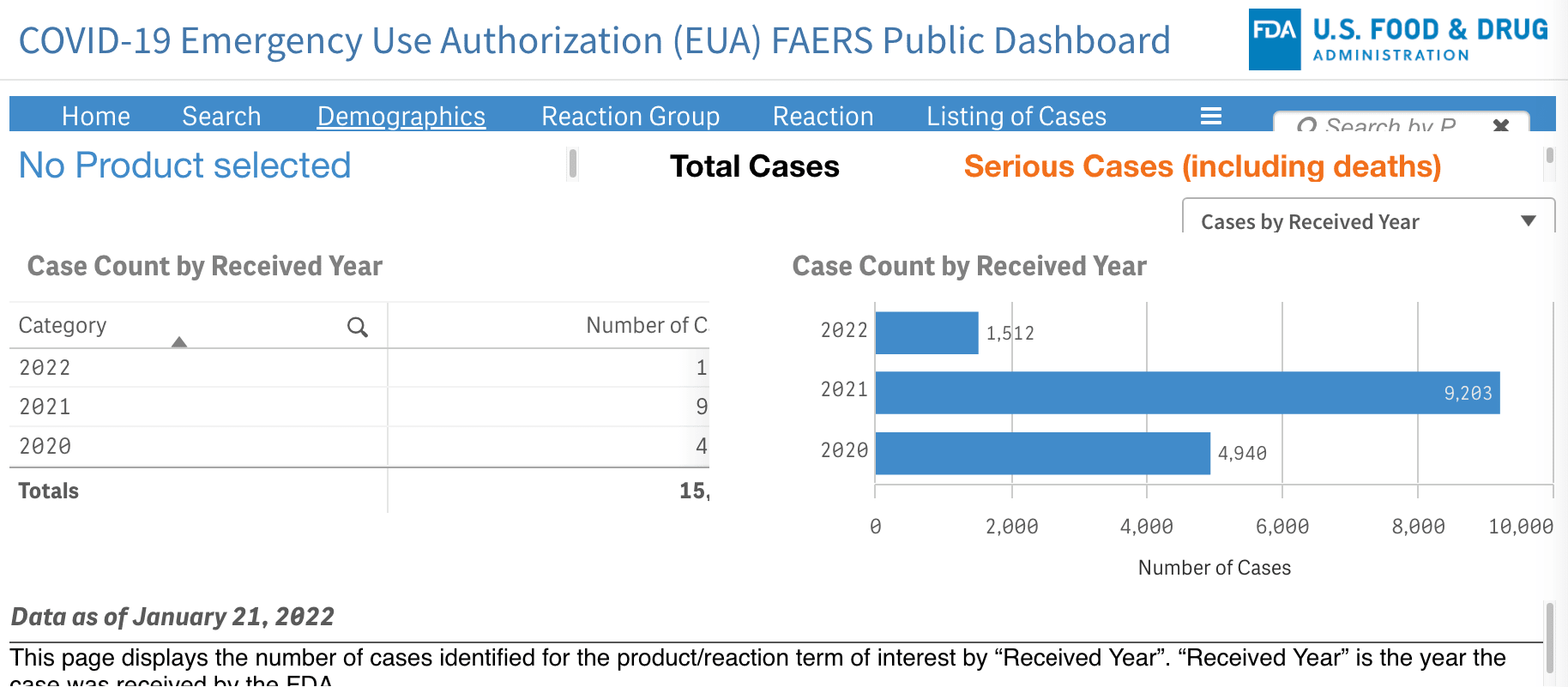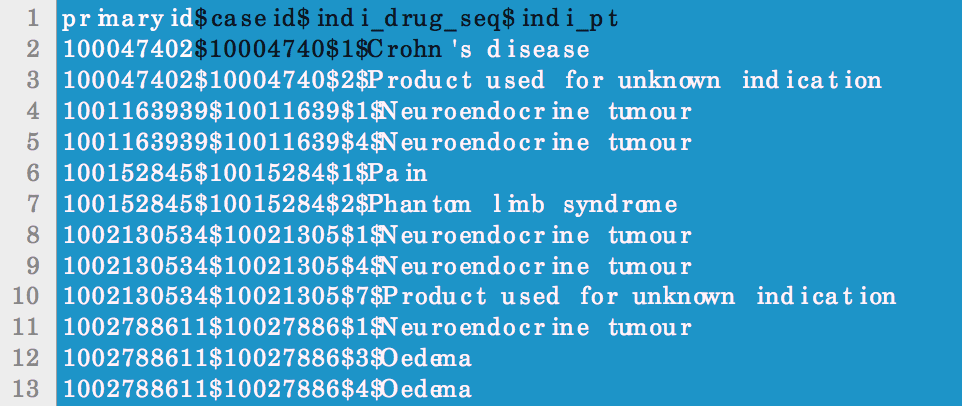How Adverse Drug Deaths Are Covered Up By Hospitals And The FDA
Executive Summary
- The medical establishment is very focused on minimizing adverse drug reactions and deaths.
- We cover the techniques they use to trick the public.

Introduction
Medical authorities have a strong incentive and history of minimizing and depressing adverse drug reactions and deaths. This article explains how they do this.
The Common Underestimation of Adverse Drug Reaction Deaths
We have researched deaths from adverse drug reactions in the past. And what we found is estimates of around 120,000 per year in the US.
However, this number is decades old, and the medical establishment does not focus on estimating this value. The more we have investigated the topic, the more it is apparent that it is a vast undercounting, and the undercounting is deliberate. Here are a few ways drug deaths are undercounted in the US.
Method #1: Fraudulent Undercounting At Hospitals
See the following quotation from PubMed on how hospitals count deaths from drug side effects.
During 1995, 206 deaths were attributed to adverse drug reactions on death certificates in the United States, whereas MedWatch tabulated 6,894 fatalities.
This shows how much hospitals cover up and have common interests with drug companies. Furthermore, that estimate by MedWatch is also ridiculously low.
If the hospitals have no interest in recording deaths from adverse drug reactions, and they are the ones that control the death certificates, then the actual number can never be known. The death certificate control itself is a primary way that hospitals cover up adverse drug deaths and how to cover up medical errors.
Method #2: Allocating The Cause of Death to Other Things
Vioxx was an utterly unnecessary anti-inflammatory that most likely caused hundreds of thousands of heart attacks and strokes and is a drug that should never have been approved. However, when the person died, the cause of death was a heart attack or stroke. When people die, they don’t die of a drug per se. The drug causes health consequences. Heart attack, stroke, organ failure, etc.. This allows hospitals to quickly attribute the death to the body outcome rather than the drug.
They are trained to protect the drug manufacturer or may not have even known.
The FDA estimated that Vioxx caused 27,785 deaths; however, the fact that the FDA produced this estimate means that the actual number is much higher. Furthermore, the FDA knew about these Vioxx-caused deaths for years and never forced Merck to pull the drug.
This video does a good job of the lies told by Merck to get Vioxx approved. The FDA could have investigated Vioxx before they approved it, and they could have punished Merck for every submission of Vioxx to the FDA — however, they did neither. As with all of the FDA’s failures, they seek to sweep them under the rug as quickly as possible.
We have covered Remdesivir and placing people on ventilators (not a drug, but a type of malpractice). Both cause high numbers of deaths. However, when a covid patient is killed by Remdesivir or from being placed on a ventilator, the cause of death the hospital places on the death certificate is “covid.”
Method #3: Underinvestment in Online Reporting Adverse Reaction Databases
There are several online adverse reaction databases, and the CDC and WHO have one. However, it is estimated that the underreporting in these databases is such that only around 1% to 2% of adverse events are reported.
The pandemic clearly illustrated that the medical establishment wants to suppress adverse drug events (deaths and adverse events). The FDA did nothing to follow up on the safety of the covid vaccines after they were given Emergency Use Authorization, as is covered in the article How The FDA Did Nothing to Verify the Long Term Safety Of The Covid Vaccines. The major US health authorities have suppressed counting adverse events overall, as covered in the article The FDA, CDC, and NIH Do Not Want Adverse Drug Reactions Counted.

This is a view of the FDA’s adverse reporting system. The numbers shown for adverse reactions to covid vaccines are meager, and the overall website is essentially unusable and rigged to minimize the statistics on adverse events.

This is the FDA’s adverse event reporting system for Remdesivir. These values are entirely out of line with the WHO’s database, which is covered in the article How Safe Are the Covid Vaccines VS Ivermectin and Remdesivir?
Both of those screenshots are from using the web interface for FAERS. However, one can also download files. Observe the following quotation from the FDA’s website on this topic.
Users of these files need to be familiar with creation of relational databases using applications such as ORACLE®, Microsoft Office Access, MySQL® and IBM DB2 or the use of ASCII files with SAS® analytic tools.
A simple search of FAERS data cannot be performed with these files by persons who are not familiar with creation of relational databases. However, you can get a summary FAERS report for a product by sending a Freedom of Information Act (FOIA) request to FDA. You can also request individual case reports by submitting a FOIA request listing case report numbers. – FDA
Why is this true?
The FDA could have added the data to a Google Sheet. There is no need to separate the data into a relational database that must be reconstructed from flat files. Adverse drug reaction files are simple, and one is not limited in how many columns in a spreadsheet one may use.
And even if it were true, the FDA could have created a single export file for each common database listed.

Here is one of the files that can be downloaded from the FAERS website. The file is useless for analysis unless imported with the other files downloaded from the FAERS website. However, just from a review of the data from the website interface, the data is massively undercounted—no wonder I never hear of anyone using the FAERS database.
This looks like the FDA is making the information difficult to access. The FDA also states that one can file a Freedom of Information Request or FOIA — this is much more work.
Conclusion
The closer one looks, the more apparent the medical establishment is involved in minimizing adverse drug reactions and deaths. The previous estimates of adverse drug reactions and deaths are highly inaccurate and compiled by biased entities.